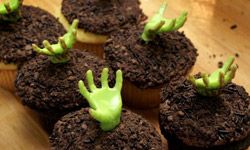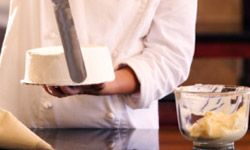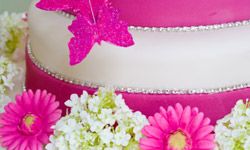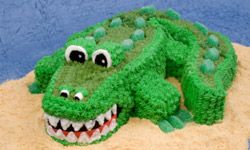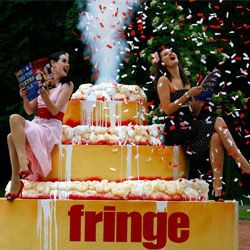Not too long ago, if you wanted to see a really creative cake, you had to show up at a wedding reception, and even then, the cake could be hit or miss. Today, imaginative cakes steal the show at everything from birthdays to bon voyage parties. Those folks at the bakery aren't just cake decorators anymore -- they're confectionary or sugar artists, creating masterpieces that are demolished in a feeding frenzy day after day.
Sure, you can still get your share of oohs and ahs with a cake baked in a custom pan or decorated with an edible photograph. And if you spend some quality time with an ordinary bowl of buttercream frosting and cleverly wielded spatula, your cake will look just fine. But with these 10 techniques, you can transform a cake from a simple baked desert to an original, edible centerpiece.
Advertisement
